Most people know the basics of how the proof system works with alcohol: proof is, of course, a number that represents double alcohol by volume (ABV) inside the bottle listed. But what you might not know is the history of the proof system or some of its most noteworthy facts. Here’s all the info you’ll need to talk about the proof system at your next cocktail party like a boozy historian:
The history of the proof system is all about gunpowder
You have to go all the way back to the old wooden ships of the 18th century to find the origins of “proof” in alcohol. As the story goes, soldiers in the British Royal Navy would apply rum to their gunpowder to test its strength. If the weapon still fired, they had “proof” that the rum was strong enough. Also, proof that it would burn the ship down if lit.
100 proof is the fire
What those old soldiers might have been testing for, had they known it at the time, was bottled alcohol served at 50 percent strength or more. Any alcohol listed above 100 proof – 50 percent ABV – is straight up flammable and would therefore not hinder the ability of gunpowder to fire.
Even though it’s always been about fire, it’s also about taxes (of course)
Today, proof is more about labeling alcohol content in liquors for consumer safety and for taxable purposes. The proof system – that whole double alcohol content rule – was established in 1848, when the government declared (arbitrarily) that any bottle with 50 percent alcohol would be defined as “100 proof” for taxation. The taxes for other alcohols – those more or less than 100 proof – would be taxed accordingly based on their relationship to this proof baseline.
Elsewhere in the world, no more proof
The scale used to be different in the U.K., where “proof” was equal to about 1.821 times the ABV. Which made proof numbers different in the U.K than in the U.S., and surely lead to several confused and drunken individuals traveling abroad. Today though, proof in the EU, the UK, and Canada have all gone the way of ABV, and as per the usual, the U.S. stands alone with a strange and arbitrary measurement system (see feet, pounds, et al).
Proof isn’t actually required on the label anymore
That last bit isn’t actually totally true; yes, the U.S. permits the listing of proof on the label of alcohol, but it doesn’t actually require it. The Alcohol and Tobacco Tax and Trade Bureau actually only requires ABV, but proof is pretty much always listed, because of tradition.
You’ll notice, beer and wine don’t use proof
“Excuse me, waiter? What proof is this beer; eight or nine?” said no one, ever.
While they wouldn’t actually be totally wrong to ask – any alcohol can be talked about in terms of proof – the fact is, beer, wine, and other low-alcohol beverages usually aren’t defined by their proof. The use of proof in relation to ABV is an honor reserved mostly for liquors above 40 proof in strength. 40 proof is the low end of ABV that can still fit the definition for
brandy, gin, vodka, rum, and whiskey.
Some of the lowest proof liquors? Flavored rum like Malibu (42 proof), flavored vodkas (~ 70 proof) and flavored whiskeys like Fireball (66 proof) are all much weaker than their full-bodied peers, which must be bottled no lower than 80 proof.
On the other hand, you could varnish a table with this Polish vodka
Straight up liquor can go as low as 80 proof, before becoming “flavored”. But it can also go as high as 192 proof before becoming “rocket fuel.” The absolute strongest bottle of alcohol you can legally buy and then drink in the United States is Spirytus vodka, the Polish vodka weighs in at 96 percent alcohol (192 proof), stronger by just a bit than Everclear’s 190 proof labeling.
No matter what proof is on your label, always drink responsibly. And do so with the knowledge that while the proof system is totally voluntary at this point, and largely obscure outside of the United States, it’s still something we put on our bottles to remind us that we once tested our hooch with gunpowder like real patriots, taxed our alcohol based on its strength and that we still don’t use the metric system. Take that, Canada.


